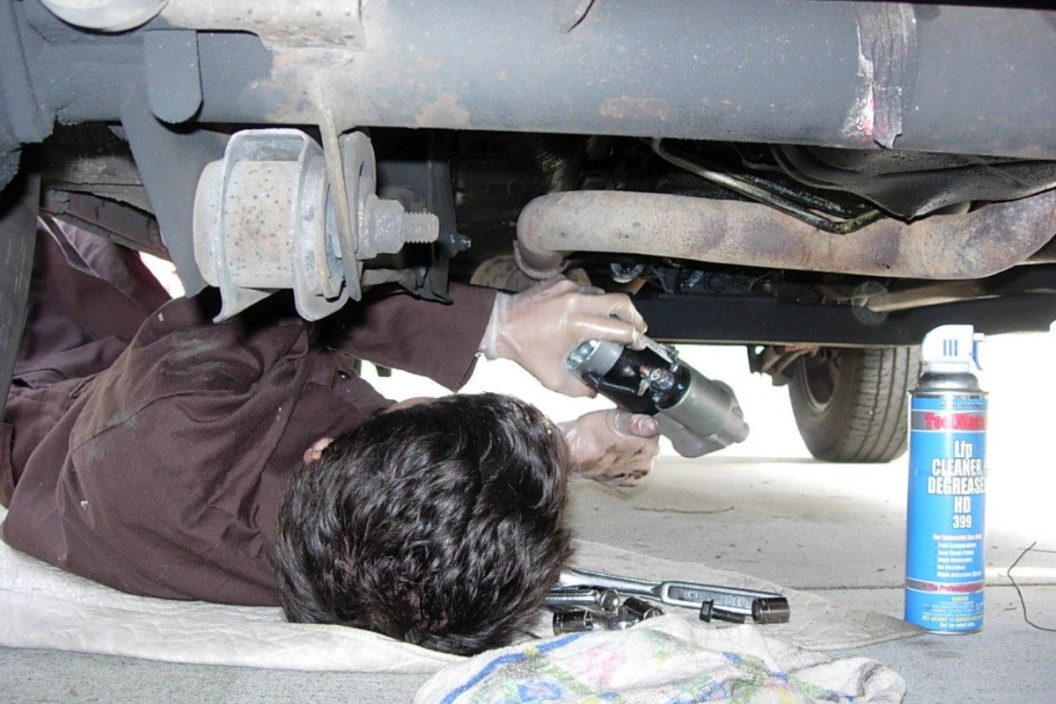If you're a car owner who's looking to save a few dollars (and who isn't?), car starters are actually great auto parts to self-service. The part itself is relatively cheap, so much of your auto repair expenses would be going towards labor. If you're new to self-service, this is also a great place to start as well since you won't need a full shop to get the job done.
In this post, we'll cover what a car starter is, how it works, and common symptoms of a faulty starter. If you are in need of repairs, we'll also cover how to fix a starter and starter replacement costs.
What Is a Car Starter?
You guessed it, a car starter starts the car. More specifically, it's a smaller motor that cranks the engine before the car's engine is able to power itself in order to get the system's inertia moving and start up.
But, how does a starter work? Well, simply put, with the internal combustion engine that most cars have, the previous rotation starts the next. The starter motor provides the first rotation, and the starter solenoid positioned on the starter motor starts the car starter via electromagnetics.
How to Know If Your Car Starter Is Bad
The first sign of a bad starter or starter problems will be the lights dimming and the car not starting. The first step is to ensure that your car battery or alternator is not malfunctioning. From here, if your lights continue to be dim or your car does not start, you'll want to start diagnosing the starter system.
If your lights and other electrical systems and electrical components work, but your car won't turn over, it's a good sign that the starter is the issue. The lights draw power directly from the car battery, but the engine needs the starter to turn over. If the engine turns over but does not pick up the rotation, the issue is more likely to be the spark plug, which ignites the main motor's fuel combustion.
How to Fix a Car Starter
You should only need a ratchet and perhaps some lubricant to change the faulty starter. First, ensure the ignition is off and the key is removed. Next, remove the negative battery cable from the battery to end the electric current and then the positive cable from the starter.
After that, remove the bolts that connect the starter to the engine block using your ratchet. You may also need to remove a few other supporting brackets. Remember that you don't want to strip any of the bolts as you'll be using them again shortly, so keep some lubricant nearby.
Now, you should be able to lift the starter from the car. Mount the new starter in the same position and reattach the brackets and bolts. Finally, attach the positive cable from the starter back to the battery and then the negative back to the starter. And you're done!
How Much is a Car Starter?
The average cost of a new starter is anywhere $50 to $300 for the auto part itself, but that's not counting the starter installation costs. You'll likely save money, about $200, on labor costs by going the DIY route and fixing it yourself. Plus, you'll also save yourself a trip to the auto shop.
Ideally, your starting system will last the life of a new car. Sometimes, however, wear and tear or malfunctioning ignition systems or battery terminals can lead to a bad starter and the need for car repairs. If this happens, don't panic, you should be able to restore your motor's starting system back to good health with relative ease.
